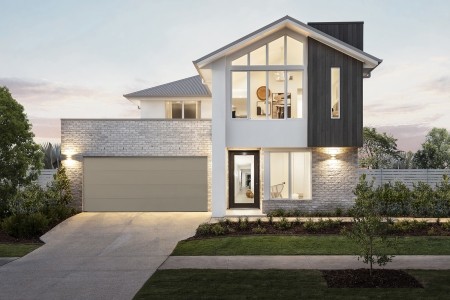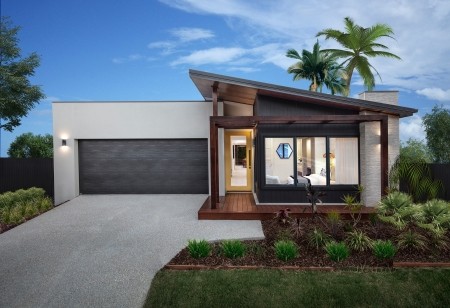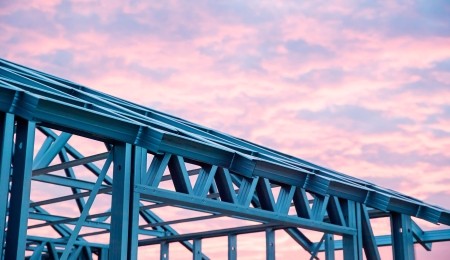What is an Eave and Why are They Important?
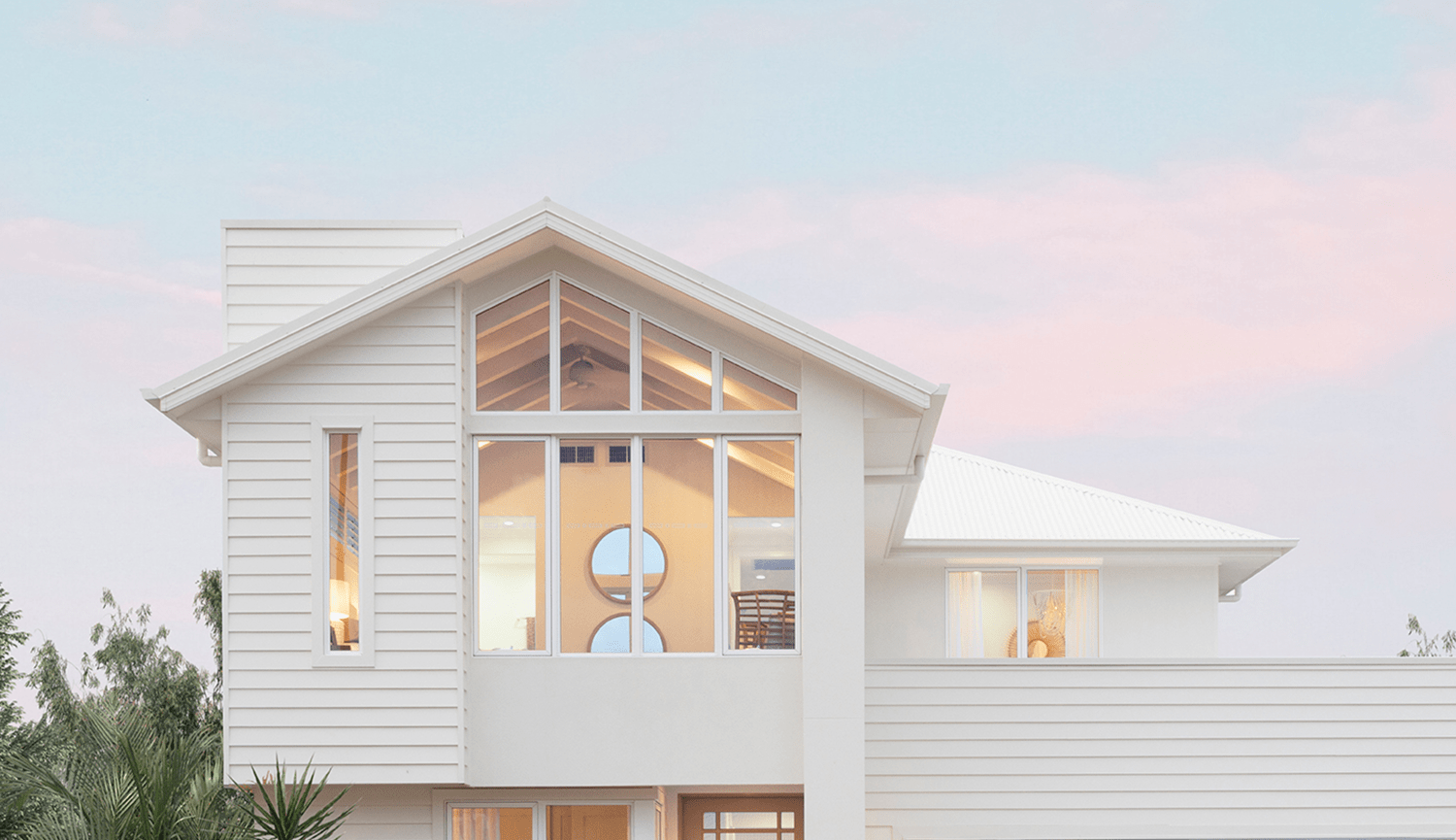
What is an eve? Stick around to find out. Building a house is an exciting journey, especially if it's your first time. Among the plethora of design considerations and architectural terms you'll come across, the term "eaves" might pop up frequently.
These seemingly minor aspects of a house design play a significant role. This article will delve into eaves and the importance of including them in your home's architecture.
What Is an Eave on a House?
What is an eave? An eave can be described as the edge of a roof extending beyond a wall's face. This overhanging section can be found on almost every house, regardless of design or size. If you’ve ever wondered about these protruding edges' purpose or considered them decorative additions, you might be surprised to learn about their functionality.
Features and Types of Eaves
Roof eaves for house designs can come in various styles and types. Depending on the architectural design, climatic conditions, and specific needs of the house, the size and shape of the eaves might vary.
Understanding the different types of eaves can be beneficial if you’re in the process of designing your home. By being well-informed, you can make decisions that enhance your home's aesthetic and functional aspects.
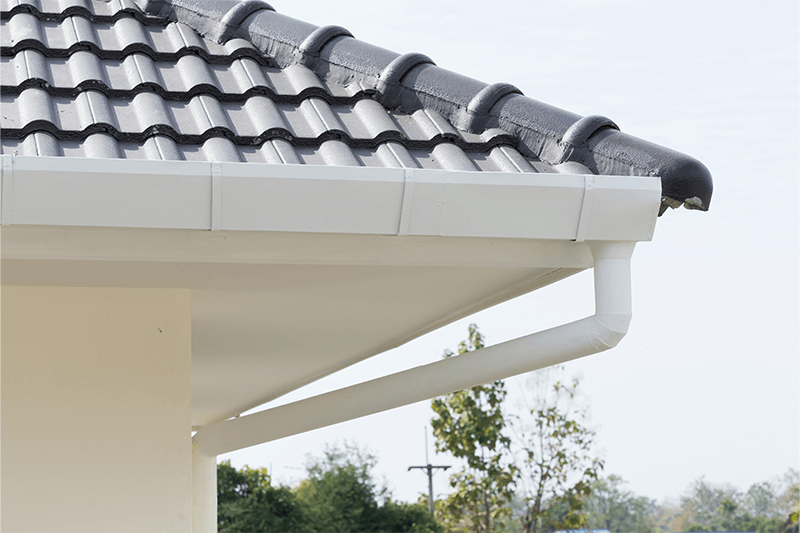
What Do Roof Eaves Do?
What is the purpose of eaves? Now that we know what eaves are let's delve into their role and significance in home design. Flat roofs, gable roofs, and various other house styles rely on roof eaves to protect their horizontal underside. Here are several other uses of abbreviated eaves in the many house styles.
Protection From Elements
Roof eaves serve the purpose of redirecting rainwater away from the house's walls. Roof eaves prevent rainwater from dripping directly onto the walls, thus reducing the chances of water damage and dampness. Especially in areas with heavy rainfall, eaves can prove to be a homeowner's best friend.
Shading and Cooling
Eaves aren't just for rain. They also offer shade to the windows and walls beneath, which can be particularly useful in areas with intense sunlight. By blocking direct sunlight, eaves help maintain a cooler interior temperature, thus reducing the dependency on air conditioning and energy consumption.
A narrow eave is less effective in protecting from the summer sun than directly flared eaves.
Aesthetic Value
While their functionality is undeniable, eaves also contribute to the overall architectural element of a house. They can be designed to complement the overall look of a home, giving it a polished and complete appearance. Whether you opt for a modern design or a traditional look, eaves can be tailored to fit seamlessly. Interior spaces can also benefit from wide eaves.
Eaves can also be instrumental in reducing water splash-back, which can lead to foundation problems or staining on the exterior walls of a home. Moreover, in windy locales, eaves can significantly guide rainwater in a particular direction, minimising the potential for water to be driven against windows or doors.
Furthermore, when combined with the appropriate gutter system, eaves ensure effective drainage, channelling water away from the home's foundation.
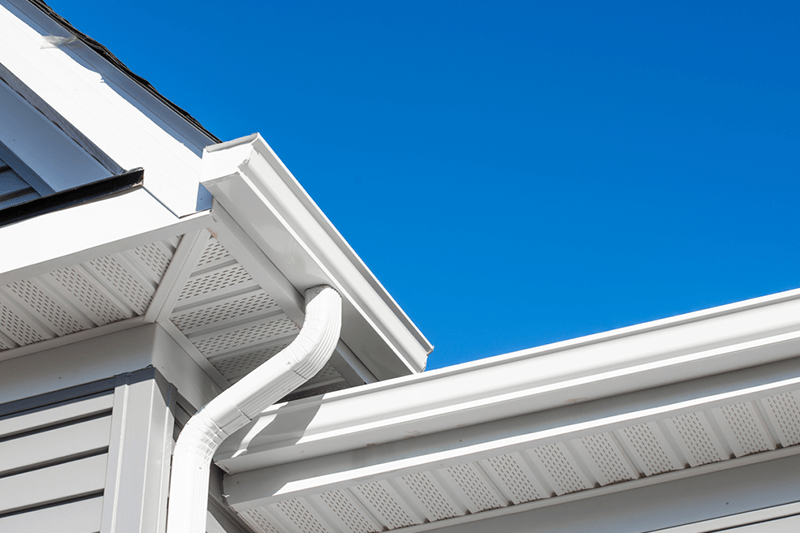
What's the Difference Between an Eave and Soffit Eaves?
Navigating the intricacies of home design can sometimes feel like learning a new language, especially for first-time home builders. "Eaves" and "soffits" are often mentioned among the numerous architectural terms. While they both relate to the structure of your roof, they serve different purposes and have distinct characteristics.
As we've discussed, an eave is the roof's edge that overhangs the wall. Its primary purpose is to direct rainwater away from the walls and to provide shading for windows and walls.
On the other hand, a soffit is the underpart of the eave. When you stand beneath an overhang and look up, the material you see is the soffit. It's designed to seal the underside of the eave, offering a finished look and providing ventilation to the attic space. Proper ventilation prevents moisture buildup, which can lead to mould growth and wood rot.
For homeowners contemplating between these two, weighing the functional and aesthetic requirements is essential. For instance, while eaves are fundamental for homes exposed to varying weather conditions, soffits can be critical for those in humid environments where attic ventilation is crucial. Notably, it's possible to have eaves without soffits, but it's rare to find soffits without accompanying eaves.
Types of Eaves
Eaves play a pivotal role in a home's aesthetics and functionality. As such, several types are tailored to different architectural designs and requirements. Here’s a breakdown of the most common types of eaves:
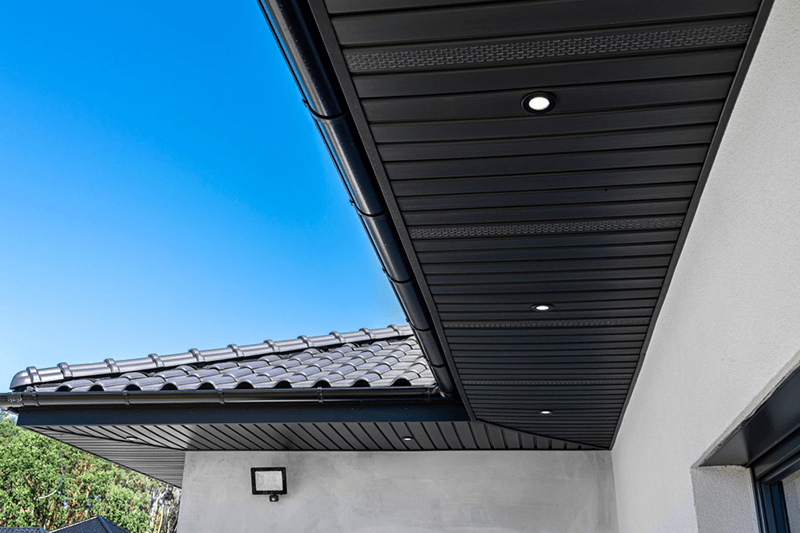
Boxed Eave
As its name suggests, a boxed eave has been enclosed or "boxed" with a soffit. This design offers a neat and finished look, with the rafters of the house hidden from view. It's a popular choice for homes seeking a refined, clean appearance. Beyond the aesthetics of the home's exterior, boxed eaves provide additional protection against the elements. As its name suggests, a boxed eave has been enclosed or "boxed" with a soffit. This design offers a neat and finished look, with the rafters of the house hidden from view. It's a popular choice for homes seeking a refined, clean appearance. Beyond the aesthetics of the home's exterior, boxed eaves provide additional protection against the elements.
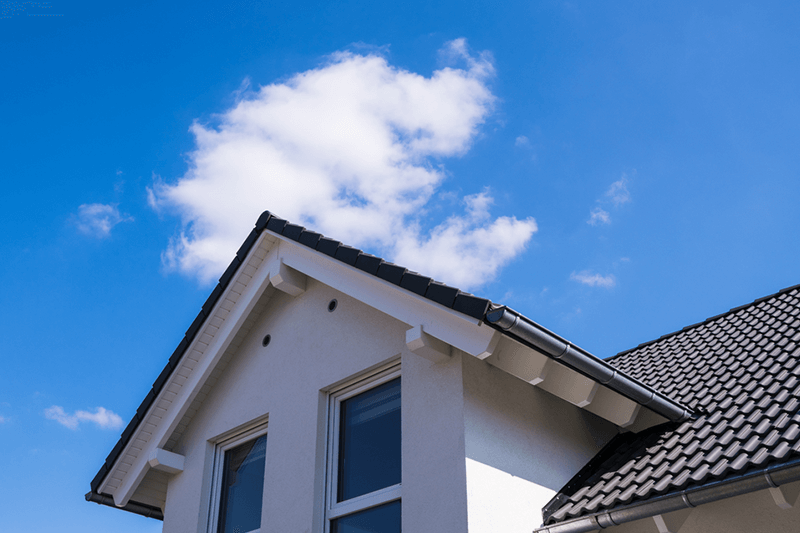
Open Eave
Open eaves stand in contrast to their boxed counterparts. Here, the rafters and the underside of the roof are left exposed, creating a more rustic or traditional look. This style can be commonly seen in cabins or homes that aim for a natural feel and hot climates. Open eaves also provide ample ventilation due to their exposed nature.
Closed Eaves
Closed eaves are a blend between the boxed and open designs. The closed eave is present in this style, but there's no significant overhang. The roofline is closer to the house, and there's minimal space between the edge of the roof and the wall. Closed eaves provide a streamlined appearance and can be preferred for more contemporary designs.
Where Are Eaves Suitable?
Eaves aren’t just an architectural flourish; they serve essential functional roles for homes. While eaves can technically be added to any home, their relevance amplifies in certain settings:
Climates With Heavy Rainfall
In areas with frequent heavy rains, eaves direct water away from the home's walls, reducing potential water damage and dampness.
Roof Overhang and Roof Rafters in Sun Intensive Regions
Homes in areas with intense sunlight benefit from a wide eave that provides shading, reducing the interior temperature and energy consumption. Maximum protection is obtained when the building materials provide shade from the winter sun.
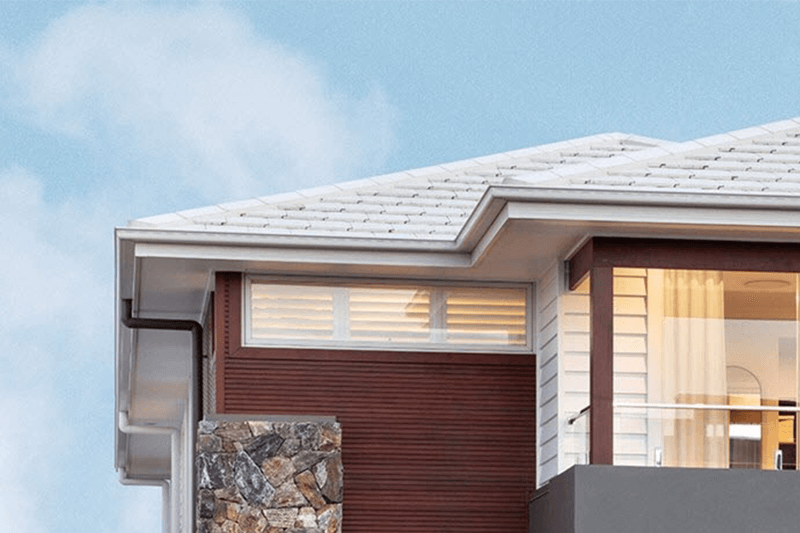
Homes With Adjacent Landscaping
Houses with nearby gardens or trees can benefit from eaves, preventing direct rainwater from eroding landscaping or creating water pools. If your garden attracts birds, check the underside of the eaves to hang decoy nests. Exposed rafters, soffit boards, fascia boards, and distinctly flared eaves contribute to the appearance of your home.
What To Consider When Choosing House Eaves?
Selecting the right eaves for your house is crucial. Here are factors to contemplate:
Architectural Style: Ensure the eave style complements your home's architecture. A colonial-style home might pair poorly with ultra-modern eaves.
- Local Climate: Consider local weather patterns.
- Maintenance: Some eave styles may require more upkeep, especially if they incorporate complex designs or materials.
- Cost: The intricacy of the design, materials used, and installation method can influence the cost.
Explore our extensive selection of architectural home designs to find inspiration for creating a home that perfectly aligns with your lifestyle.
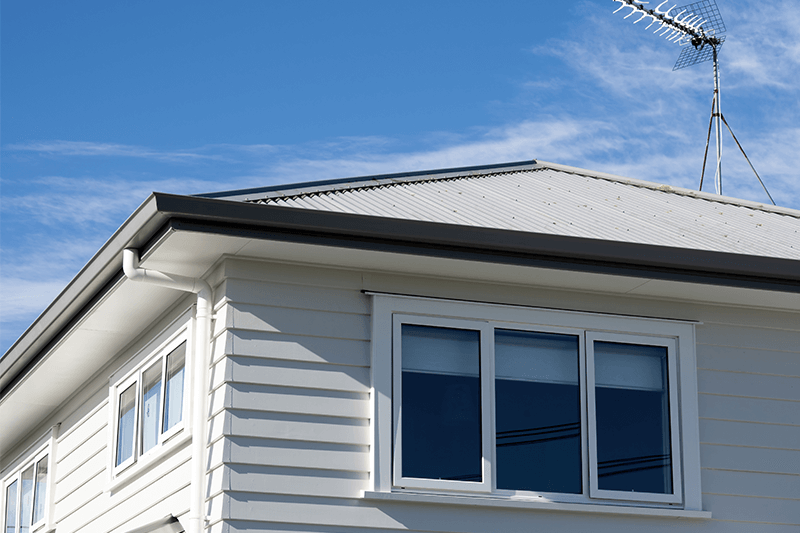
Does My Roof Need a Drip Edge?
A drip edge is a metal flashing placed on the edges of roofs to direct water away from the fascia board and into the gutters. While not always mandatory, it's highly beneficial for:
- Water Damage Prevention: It ensures water doesn't seep into the decking or roof structure.
- Protection Against Pests: It prevents small creatures from entering the attic or roof structure.
- Aesthetic Finish: A drip edge gives roofs a finished look, complementing the overall aesthetics.
- Shingle Support: It supports the roof shingles, preventing sagging.
Whether you have a steeply pitched roof or a low pitched roof, it's generally advisable to include a drip edge in your roofing system. Always consult local roofing professionals when considering roofing components.
Ready for more home design wisdom? Head over to our What is an Architrave blog for valuable architectural insights.
How Do I Clean and Maintain Roof Eaves?
Regular cleaning and maintenance of roof eaves are crucial to prolong their lifespan and retain their aesthetic appeal. Here’s how:
- Regular Inspection: Check for signs of wear, rot, or damage. This can help in early detection and repair.
- Cleaning Gutters: Ensure the gutters are clear of debris like leaves or twigs to prevent water buildup.
- Wash and Paint: Periodically clean the eaves with water and mild detergent. Consider repainting them when the paint starts to peel or fade.
- Check for Pests: Ensure that no pests or nests are taking residence. Birds, wasps, or squirrels can sometimes find eaves a cozy place to settle.
- Seal Cracks: If cracks appear over time, ensure they're sealed promptly to avoid structural and aesthetic issues.
Always remember: well-maintained eaves not only elevate the appearance of your home but also contribute significantly to its structural health.
In Conclusion
What is an eave (now you know)? Understanding the nuances of house eaves—from their functional advantages to aesthetic value—can profoundly influence your home's longevity, appeal, and overall health. Eaves aren't merely an architectural add-on; they are integral to the structural well-being of a residence, offering protection, beauty, and energy efficiency.
As you embark on the thrilling journey of building a new home or knocking down and rebuilding, give eaves the consideration they deserve. And remember, whether you’re seeking design inspiration or personalised advice, Brighton Homes is here to assist you in making informed decisions to bring your dream home to life. Get in touch with our team of experts today or visit one of our display homes in Queensland.

